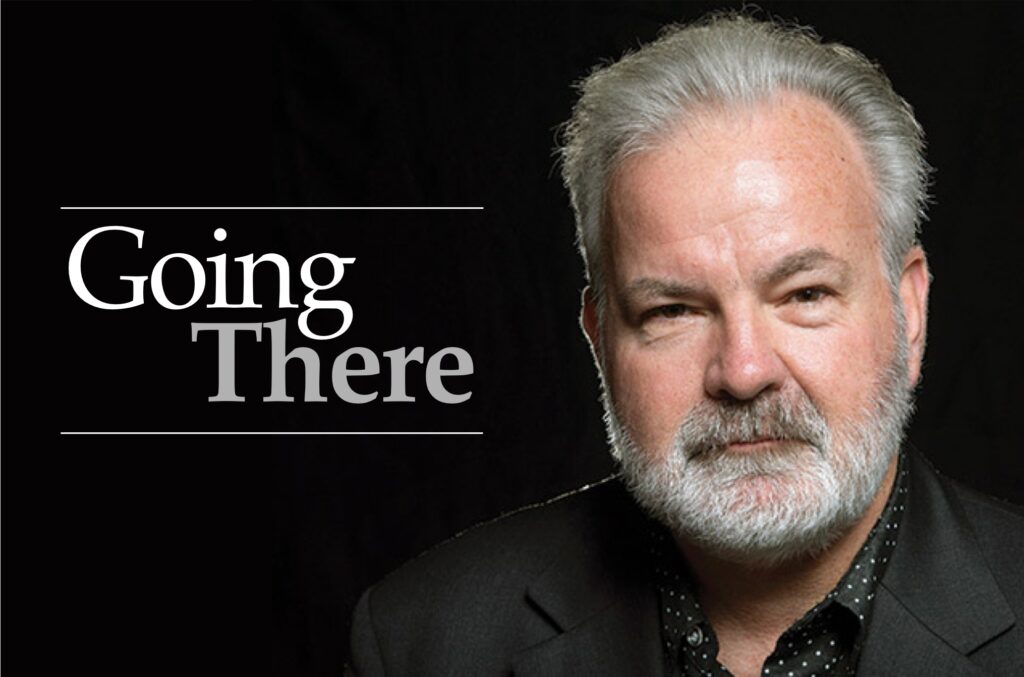Readers comments 12.19.12
Unwelcomed neighbors
Dear Editor:
At the city council meeting last week, an issue related to the present and future character of Claremont was, once again, the subject of discussion. The question was: “Should we discriminate between residents and non-residents when devising rules governing parking for the Wilderness Park and elsewhere?”
Several months ago, the council was asked to allow Claremont residents to park free in the south parking lot near the end of Mills Avenue close to both the Wilderness Park and Thompson Creek Trail, while charging non-Claremont residents to park there. It agreed to do so.
This time, Councilmember Corey Calaycay sought to persuade other members of the council to allow free parking by Claremont residents on Via Santa Catarina, an entry point to the Wilderness Park at the top of Claraboya, but ban completely parking by non-Claremont residents. This time the effort to discriminate failed.
The issue has both moral and practical implications for all of us in Claremont. First, discrimination in this case violates a moral principle that most of us, I believe, feel is basic to being a citizen of Claremont. Non-residents of this city have contributed millions and millions of dollars to purchase parts of the Wilderness Park.
Through the county, visitors have contributed to a portion of the cost of the north parking lot, just west of the end of Mills Avenue. And, the north parking lot is built on land owned primarily by non-Claremont residents. Furthermore, as the controversy over trees on the Thompson Creek Trail has made clear, the Thompson Creek Trail is not built on land owned by Claremont residents. Yet, we plan to charge non-Claremont residents for parking in the south lot off Mills Avenue, but not charge Claremont residents. Thus, non-residents have provided us with considerable resources to acquire parts of the Wilderness Park and let us use considerable amounts of land to support both the Wilderness Park and the Thompson Creek Trail. It seems morally wrong to discriminate again those who have helped us so much.
Second, non-residents provide Claremont with tax resources when they buy cars in Claremont, eat in our restaurants or shop in our stores. As non-Claremont residents realize the discrimination they face in this city, it is only reasonable that their patronage here would be more limited and “tit-for-tat” discrimination may develop in neighboring cities. Both actions would harm all of us.
Finally, there are many residents of neighboring cities who work in Claremont, study in Claremont and/or volunteer in Claremont. Recently, I saw a list of volunteers at Claremont’s Rancho Santa Ana Botanic Garden and noted that many people from many different cities were helping the garden—and, the same is true for other Claremont organizations that rely on volunteers. Residency is only one of a variety of ways people identify with Claremont.
Thus, for many reasons the discrimination against non-Claremont residents which the city council accepted in the case of the south parking lot for the Wilderness Park/Thompson Creek Trail, and for which Councilmember Calaycay advocated at last week’s council meeting, is both morally wrong and likely to harm the the residents of Claremont.
Dean E. McHenry, Jr.
Claremont
CAPPPR defends residents
Dear Editor:
In 2007, the city of Baldwin Park sought to forcibly seize over 500 homes and small businesses by eminent domain in order to benefit a politically connected developer.
When my city council endorsed a scheme that would leave my family homeless, I could not even turn to my police department for protection. The only organization that stepped forward to help my community was the California Alliance to Protect Private Property Rights. This is why I take exception to your article suggesting that the organization’s motives are “unclear.”
After successfully defending my community, I joined the Alliance’s board of directors, and during this time the Alliance has grown to become the state’s leading private property rights organization. The Alliance’s defense of private property is consistent and very transparent.
I understand that politicians do not like to have their authority or motives questioned by the general public, especially when it involves taking someone’s property. However, I am at a loss trying to explain their efforts to attack our organization. Do they not like the message we are entering into the public realm?
If the city has to disclose how much it is going to pay for public safety, parks, roads and other public services, does anyone else find it curious they won’t disclose how much it will cost the city to forcibly seize a water company worth millions?
Like in other communities, will funding this debt lead to higher water bills and property taxes? The city’s lack of transparency is reason enough to oppose their water grab.
Cruz Sembello
Baldwin Park
Fox on Newtown
Dear Editor:
As the news broke of the Newtown, Connecticut shootings, I tuned into The O’Reilly Factor on Fox News. This is what I learned:
Everyone has to manage his/her own mental health, and, as the shooter had failed to do this, the shooter was highly remiss and worthy of remonstrance; we must accept and understand that evil exists in the world, and there is nothing we can do to change that existential fact; and the parents of murdered children exhibit “strength” when they passively accept the aforementioned 2 points.
In sum, helpless inaction is strength; powerlessness is power. If I may paraphrase what I take to be O’Reilly’s subtext, “Don’t bother to restrict the access of mentally deranged individuals to automatic weapons; just accept the murder of your children.”
I found this message quite unconvincing, and wonder how many other parents felt the same way.
Ivan Light
Claremont
Claims and facts on water
Dear Editor:
There has been a lot of information and misinformation provided about and by the Golden State Water Company (GSW), its parent company and acquisition of the Golden State Water Company by the city of Claremont. There will be a lot more words written in the future. Part of evaluating information is identifying the source, its reliability and biases it may have.
Mr. Mlikotin’s Viewpoint article in the December 7 edition of the COURIER is an interesting case in point. We should evaluate his allegations in light of his background: he is President of both The California Alliance to Protect Private Property Rights, a 501(c)4 a non-profit organization that engages in lobbying or political campaigning organization, and of River City Communications, a PR firm. Both organizations have actively opposed municipalities’ efforts to use eminent domain to acquire the private water companies when they refuse to sell at any reasonable price.
When I contacted Mr. Mlikotin by phone, he refused to confirm or deny if either GSW or its parent, American States Water Company, are funding or otherwise supporting his activities.
I asked him this because both his article and GSW, in both its public announcements and in its application to the PUC for a rate increase, allege facts that are demonstrably false. Unchallenged, GSW cites the false as being true. As an aside, none of the information that GSW presents to the PUC in its rate increase application seems to be subject to perjury prosecution if it is found to be false, and the PUC is limited to ruling based on the information presented.
In his article, Mr. Mlikotin alleges that “…it’s impossible to take on millions of dollars in debt and slash water bills at the same time.”
This sounds like it should be true, but it is not. Renters often slash their net monthly housing costs by purchasing a house or condo and taking on a mortgage.
Let’s take a look at the Felton, California, water company acquisition he describes as proof that water bills will not be lowered by acquiring Golden State Water Company. The misrepresentations and partial truths are just like the information regularly provided by GSW. I wonder why?
Claim: The takeover cost $13.4 million. Fact: The San Lorenzo Valley Water District purchased the system in 2008 for $10.5 million. Claim: Felton water customers are paying $535 more per year in property taxes to repay the 30-year bond needed to purchase the system. Fact: True, but economically irrelevant. Most water bills went down by much more than $535 per year, so their net outlay decreased. The exceptions were businesses such as laundromats that use large volumes of water, but even their net payback was less than 2 years.
Claim: Felton water rates have been increased 3 times. Fact: Since the acquisition in 2008 there has been one increase of 30 percent phased in over 3 years (i.e. about 10 percent per year). This compares very favorably with the 44 percent and 30 percent increases imposed in 2004 and 2005 respectively prior to the acquisition when Felton’s rates, like Claremont’s, were already more than twice as high as their immediate neighbors.
So what’s my bias? I’m a resident of Claremont who is tired of GSW and its apparent lackeys freely and wantonly providing both the general public and the PUC with false information.
Parker G. Emerson
Claremont







0 Comments